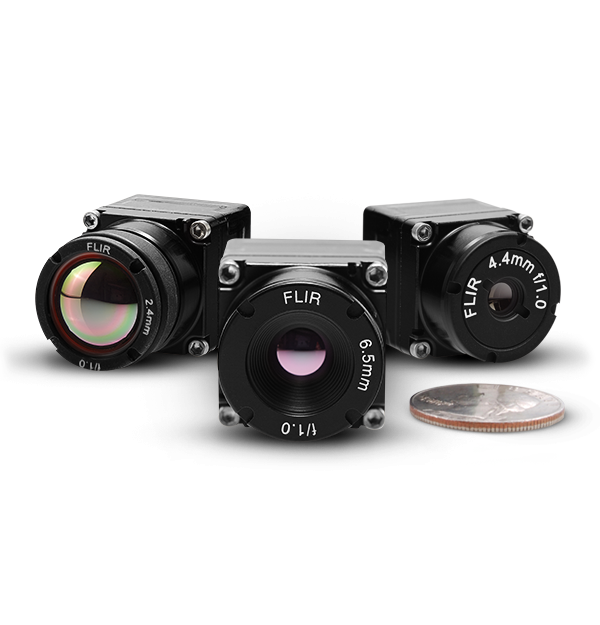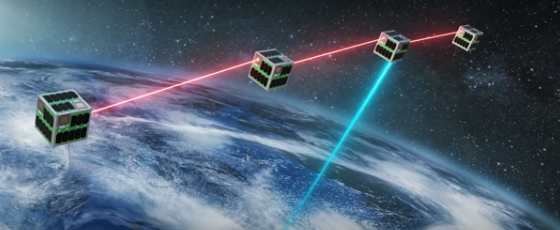1
Data and Software Questions / OrbitNP.py - New Release 1.2
« on: January 04, 2022, 10:22:57 AM »
A new version of the orbit adjustment and normal point formation software, orbitNP.py, is now available through the ILRS software webpage https://ilrs.cddis.eosdis.nasa.gov/technology/software
This software is designed to work for all SLR stations to compute range residuals and form ILRS normal points. It can be installed and used for comparisons at stations.
ILRS full-rate data files can also be used to inspect the SLR measurements for any satellite pass for any station and repeat the normal point calculation.
The update contains many refinements and new features and these are listed below.
Please update to this version and also consult the README file. If you have a questions, issues or suggestions you can post them in the comments below.
With regards
Matt
###
# Update History
###
Version 1.1
-- Added import of warnings Python3 module
-- New method for cal2mjd() and mjd2cal()
-- Include option for full CRD normal point output file.
-- Include 1st iteration quick-pass option to prevent high density segments dominating pass fit.
-- Include input of 'System Configuration ID'.
-- Adjusted method for gauss fit to front of residual distribution.
-- Allow for disagreement in first epoch and H4 record.
-- Station coordinates and velocities taken from an ILRS SINEX solution file
-- Peak-Mean calculated using a tangent fit to a smoothed profile.
-- Option to include unfiltered range measurements
Version 1.2
-- Gauss fit filter added.
-- Peak-Mean default as 1*sigma iterative mean.
-- Option to calculate a '50' record if not included in full-rate CRD file.
-- Include option to output final ranges in CRD format with met and calibration values.
-- Filtering at two levels. The first is to form the normal points and the second is to include in the full-rate output
-- Include option to input satellite centre of mass offset to improve the orbit solution and flatten range residuals.
-- Indicate if individual normal point residual bins have slopes.
-- Select SLR station data in full-rate data file from list.
-- Matplotlib figure window now kept open to allow for much faster plotting of a series of passes.
This software is designed to work for all SLR stations to compute range residuals and form ILRS normal points. It can be installed and used for comparisons at stations.
ILRS full-rate data files can also be used to inspect the SLR measurements for any satellite pass for any station and repeat the normal point calculation.
The update contains many refinements and new features and these are listed below.
Please update to this version and also consult the README file. If you have a questions, issues or suggestions you can post them in the comments below.
With regards
Matt
###
# Update History
###
Version 1.1
-- Added import of warnings Python3 module
-- New method for cal2mjd() and mjd2cal()
-- Include option for full CRD normal point output file.
-- Include 1st iteration quick-pass option to prevent high density segments dominating pass fit.
-- Include input of 'System Configuration ID'.
-- Adjusted method for gauss fit to front of residual distribution.
-- Allow for disagreement in first epoch and H4 record.
-- Station coordinates and velocities taken from an ILRS SINEX solution file
-- Peak-Mean calculated using a tangent fit to a smoothed profile.
-- Option to include unfiltered range measurements
Version 1.2
-- Gauss fit filter added.
-- Peak-Mean default as 1*sigma iterative mean.
-- Option to calculate a '50' record if not included in full-rate CRD file.
-- Include option to output final ranges in CRD format with met and calibration values.
-- Filtering at two levels. The first is to form the normal points and the second is to include in the full-rate output
-- Include option to input satellite centre of mass offset to improve the orbit solution and flatten range residuals.
-- Indicate if individual normal point residual bins have slopes.
-- Select SLR station data in full-rate data file from list.
-- Matplotlib figure window now kept open to allow for much faster plotting of a series of passes.


